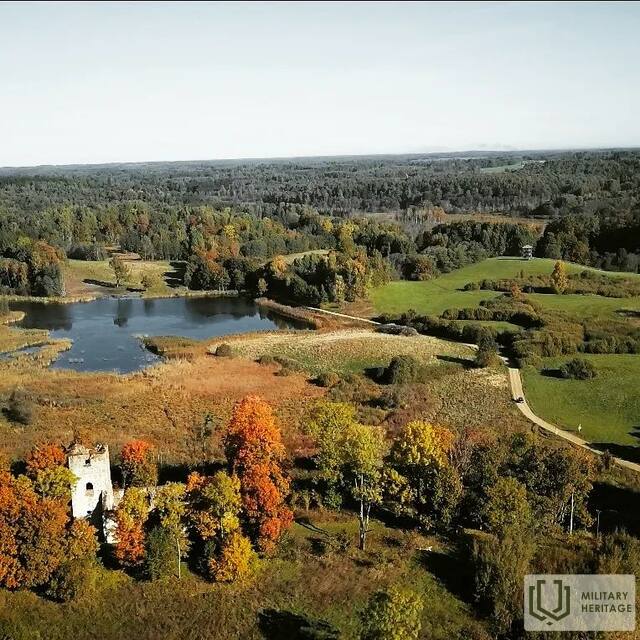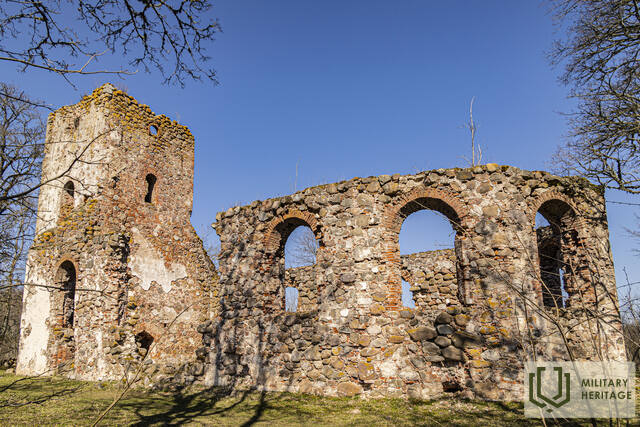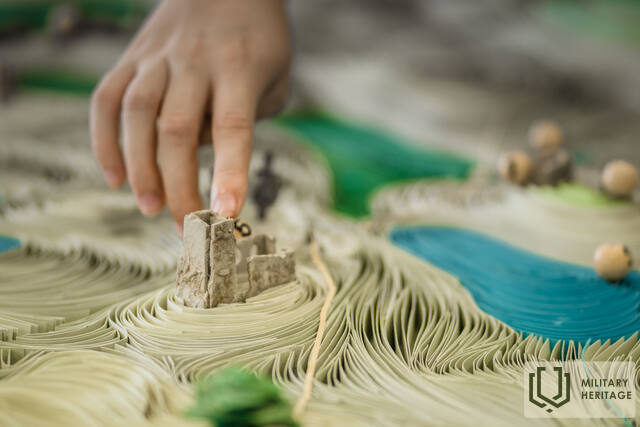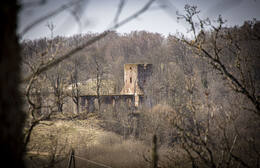Embutės bažnyčios sienos – Antrojo pasaulinio karo liudininkai
Embutės bažnyčia yra vienas ryškiausių Antrojo pasaulinio karo liudininkų Kuržemėje. Ant bažnyčios sienų ir varpinės vis dar galima pamatyti artilerijos ir kitų sviedinių pėdsakų. Vokiečių armija bažnyčią (kaip ir daugelį kitų Kuržemėje ir kitur) naudojo neįveikiamiems gynybiniams tikslams. Dėl to bažnyčia buvo sugriauta ir nebuvo atstatyta nuo sovietmečio.
Embutės kultūros paminklas yra bažnyčia, kuri buvo statoma 1674–1684 m. Pirmojo pasaulinio karo metu bažnyčia nenukentėjo. 1926 m. bažnyčia buvo suremontuota, tačiau Antrojo pasaulinio karo pabaigoje bažnyčia buvo sugriauta. Liko tik sienos ir varpinė, kur matyti artilerijos sviedinių pėdsakai.
Embutės bažnyčia, Embutės pilis ir Embutės piliakalnis buvo pagrindinės kliūtys Raudonosios armijos tankų kelyje ir Lankos upės slėnyje, kurio aukštumose jie yra. 1944 m. spalio 28–31 d. čia buvo sustabdytas Raudonosios armijos puolimas ir Vokietijos vyriausioji vadovybė galėjo surinkti reikiamus rezervus. Spalio 31 d. sovietų puolimas galėjo pasistūmėti iki Šķervelės upės, aplenkiant Lankos upės slėnį į šiaurę nuo Embutės piliakalnio, ir tęsti puolimą Nikracės link.









